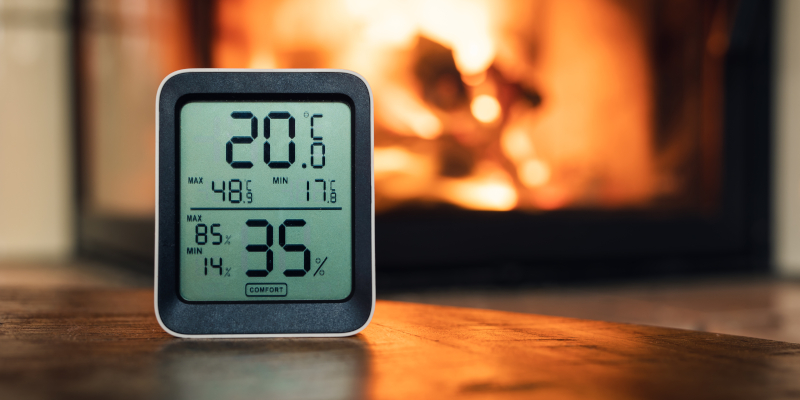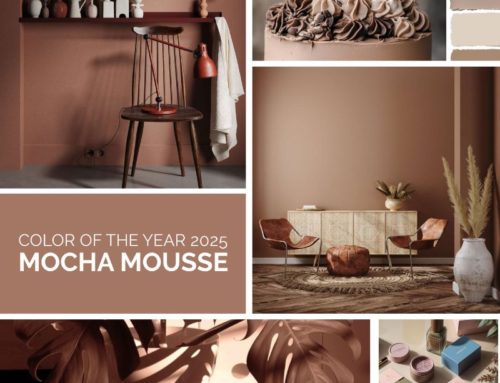
Humidity at home and parquet. A twosome that can cause worry, above all during the cold winter months, given that condensation is one of the elements that can ultimately damage wooden surfaces.
The relationship between the two is really not that problematic; all it takes is a few simple measures to help it along. But it is worth noting, however, that you already have a problem if the air in your house is too damp (or too dry), no matter which type of flooring is laid.
Parquet is alive and “breathes” with us, and the fact that it was chosen can only push us towards paying more attention to our health and that of others.
Parquet and hygroscopic equilibrium
The humidity in a house depends on a multitude of factors. The period of year, naturally, but also the weather conditions, if external aspects are to be considered. Then there are elements tied directly to the type of environment you are in, like the heating and cooling system, or how ventilated the rooms are.
In the microclimate that generates from the combination of these elements, wood also plays an active part. Because of its nature it can absorb humidity in given conditions, and release it when they reverse. This phenomenon is called hygroscopic equilibrium.
So yes, it is true that parquet can help us breathe a little better, because it helps stabilise, or at least partly, the equilibrium between the different environmental parameters in play.
Parquet and the ideal humidity level
The problem can appear in “extreme” cases, in other words when the level of humidity rises above or falls below specific values. Wood that remains for a long time in places where there is too much humidity can swell, wood that is too dry can crack.
It has to be said that parquet, especially if high quality and state of the art, is processed with specific finishes and treatments that can, of course, neutralise these effects. Probably not as well as other furnishing elements, such as windows, doors or furniture in general, which are more open to the corrosive effect of condensation. Laying was also studied to allow the material to swell or shrink imperceptibly without damage.
This is valid only up to a certain point though, above all if thinking about our own health rather than the health of our floor.
Ideally, a house with parquet should have a level of humidity that is good for people, too. During both summer and winter it should be between 45% and 60%, with a temperature that ranges from 15 to 25 degrees.
Better indoor wellbeing
So, the right level of humidity at home does our wood good. And it’s good for us too, improving the quality of the air we breathe. This is because in addition to creating the right conditions for our organism, it can contrast the formation of mould. Mould damages walls, but it is also one of the main things responsible for the “indoor” pollution that causes allergies or other pathologies that are chronic for human beings.
But how to understand if our air is healthy? And what should be done to return it to the right conditions?
The key word is prevention, which goes hand in hand with ventilation. The most effective way to improve humidity, and as such the quality of our indoor spaces, is to guarantee a regular air exchange. Keeping the windows open for just 5-10 minutes every day (but twice daily, during the central hours of the day, is even better!) is enough to return the hygrometer, the instrument that measures relative humidity, to the previously indicated levels.
Humidity in modernised spaces
Phenomena like mould and condensation, which are the consequences of scarce ventilation, often appear in state-of-the-art homes or spaces that have been modified for better energy efficiency. This often happens because the windows and devices that contrast temperature dispersion reduce the air exchange between indoor and outdoor spaces. So yes, they help you stay warm during the winter, but they also compromise the air quality.
External insulation can help contrast mould a little, because it prevents those temperature jumps between the indoor and outdoor surfaces that can favour the formation of condensation. But it is not enough to make the air less stagnant.
A solution, then, could be to check the parameters. Floor heating, for example, is excellent for taking the air to the correct level of humidity and temperature much more evenly. It also suits parquet perfectly, as already seen in this article.
Also be careful with air conditioning systems during the summer; they cool the air using gas but do not control the level of humidity in rooms. Using the air conditioner in the dry mode is much better.
Parquet even in the bathroom
And for humid, “extreme” rooms like the bathroom? Yes, even here a good wooden floor can resist without coming up against problems. In this case the right choice is prefinished or oiled wood with two or three layers. Much stronger than steam, condensation, limestone and cleaners.
Get help
Ok, you get the drift: parquet in a damp house knows how to behave, but using some additional measures helps look after our health and, in the end, also its health!
Our last piece of advice is to get help. A professional can explain how to get rid of humidity and enjoy the magic of your wooden floor at best, no matter what room it is in. And you can choose the product with the right characteristics for a homely atmosphere…truly without any additional worries.








